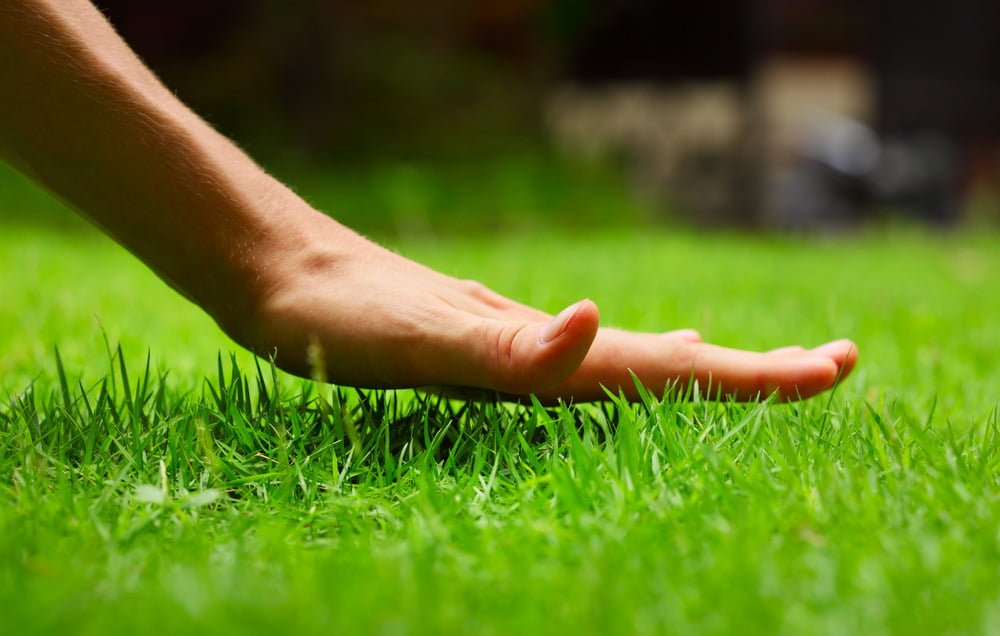Introduction: Dry and hot weather conditions can be challenging for your lawn, leading to stress, discoloration, and potential damage. However, with a proactive approach and proper care, you can help your lawn not only survive but thrive during these tough conditions. In this blog post, we will share essential tips to support your lawn during dry and hot weather, ensuring its health and vitality.
- Adjust Your Watering Routine: Increase the frequency and duration of watering during hot and dry spells. Water deeply and infrequently, allowing the moisture to penetrate the soil’s root zone. Aim for early morning or late evening watering to minimize water loss through evaporation. Avoid watering during the hottest part of the day to prevent scorching the grass.
- Pay Attention to Watering Depth: Ensure that water reaches the root zone by checking the soil’s moisture level. Use a screwdriver or soil probe to assess the depth of moisture penetration. Ideally, the soil should be moist 6-8 inches deep after watering. Adjust your watering schedule accordingly to meet the lawn’s moisture needs.
- Avoid Overwatering: While it’s important to provide adequate hydration, overwatering can be detrimental to your lawn’s health. It can lead to shallow root growth and increased vulnerability to diseases. Monitor your lawn’s condition and water only when necessary. Perform the “footprint test” – if footprints remain visible on the grass after walking on it, it’s a sign that your lawn needs watering.
- Mulch to Retain Moisture: Apply a layer of organic mulch, such as grass clippings or wood chips, around plants and in bare areas of your lawn. Mulching helps retain moisture in the soil, reduces evaporation, and regulates soil temperature. It also prevents weed growth, which can compete for water resources.
- Raise Mowing Height: Set your mower to a higher cutting height during hot and dry weather. Taller grass shades the soil, reducing water loss through evaporation and promoting deeper root growth. Avoid cutting more than one-third of the grass blade’s height in a single mowing session to prevent stress on the lawn.
- Aerate Your Lawn: Regular aeration improves soil compaction and allows better absorption of water and nutrients. Consider aerating your lawn before the hot and dry season to enhance water infiltration and promote healthier root growth.
- Use Drought-Tolerant Grass Varieties: If you’re planning to establish a new lawn or overseed, choose drought-tolerant grass varieties suitable for your region’s climate. These grasses have deeper root systems and can withstand dry and hot conditions more effectively.
- Provide Shade and Reduce Foot Traffic: Protect your lawn from excessive sun exposure and foot traffic during hot periods. Create shaded areas with patio umbrellas, pergolas, or trees to reduce stress on the grass. Encourage family members and guests to use designated paths to minimize damage to vulnerable areas.
- Avoid Fertilizing During Stressful Conditions: During extreme heat and drought, it’s best to avoid fertilizing your lawn. Fertilizers can exacerbate stress and lead to burning. Instead, focus on maintaining proper watering and care routines until the weather conditions improve.
Conclusion: With a thoughtful and proactive approach, you can help your lawn thrive even during dry and hot weather. Adjusting your watering routine, monitoring soil moisture, using organic mulch, and practicing proper lawn care techniques will contribute to a healthy and resilient lawn. Remember, a well-maintained lawn can recover quickly once cooler temperatures and more favorable conditions return. Stay vigilant, and provide the support your lawn needs to withstand the challenges of hot and dry weather.

